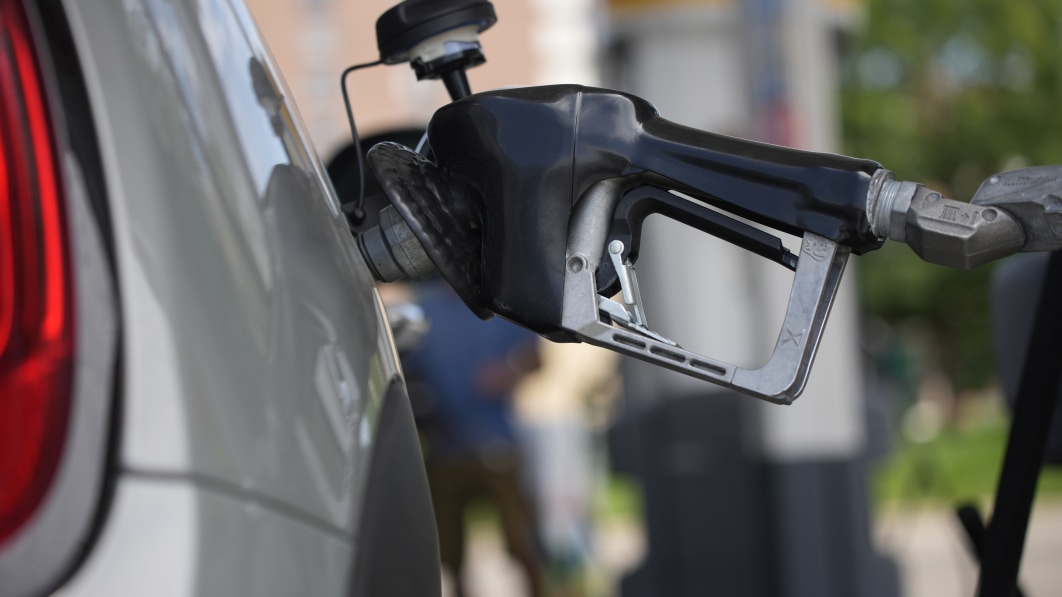New report suggests EV incentives aimed at gasoline 'superusers'

The National Household Travel Survey (NHTS) is conducted by the Federal Highway Administration (FHWA) and is billed as “the authoritative source on the travel behavior of the American public” because of nationwide data on every mode of non-commercial travel and the people making the journeys. Coltura is a non-profit with a mission to support and accelerate the transition from gas- and diesel-powered vehicles to those powered by alternative energies. Coltura studied the NHTS data and produced a report called “Gasoline Superusers,” built around the finding that 10% of light-duty-vehicle drivers use 32% of the gasoline bought by all light-duty drivers. That 10% silver of superusers consumes more gas than the bottom 60%.
Coltura believes that the climate goals for 2030 laid out by the Biden administration and the multinational Intergovernmental Panel on Climate Change (IPCC) cannot be achieved without targeting the drivers who use the most gasoline and converting them to electric vehicles instead. According to the report, the present framework of EV incentives won’t cut it. Buyers in the Northeast and on the West Coast take the biggest advantage of them, and they don’t drive the greatest distances. Furthermore, among that group, many of those EV buyers are upper income, whereas heavy gasoline users are found more evenly across income brackets, the lower-income users spending as much as 20% of their household wages filling up the tank. They use at least 1,000 gallons of gas per year and cover 30,348 miles annually on average. These are the people EV incentives need to be aimed at.
On top of that, the non-profit recommends EV makers start developing vehicles that make compelling alternatives to those driven by superusers. The NHTS data shows such drivers tend to be in the rural Midwest, and tend to drive SUVs and pickups. At the state level, Louisana, Wyoming, and Mississippi account for the densest populations of gas superusers. When it comes to cities, the Houston, Detroit, and St. Louis metro areas are where superusers cluster. Of course, the report also mentions new marketing to address the particular concerns of these drivers.
A lot of drivers beyond gas superusers would love an EV with a reliable 350-mile range that could be refilled just about anywhere in the time it takes to watch a Netflix show and that costs no more than its gasoline equivalent. But hitting just two of those targets in the same vehicle isn’t possible at the moment. Despite what Coltura would like, it’s hard to see what incentives could pull these superusers into EVs. What’s needed are longer-range EVs with faster recharging times — the same things legions other gas-powered vehicle drivers are waiting for, too.







